
Art
09:27, 16-Apr-2019
A journey through Chinese culture with a French artist
Updated
15:41, 17-Apr-2019
By Ye Qing
01:14
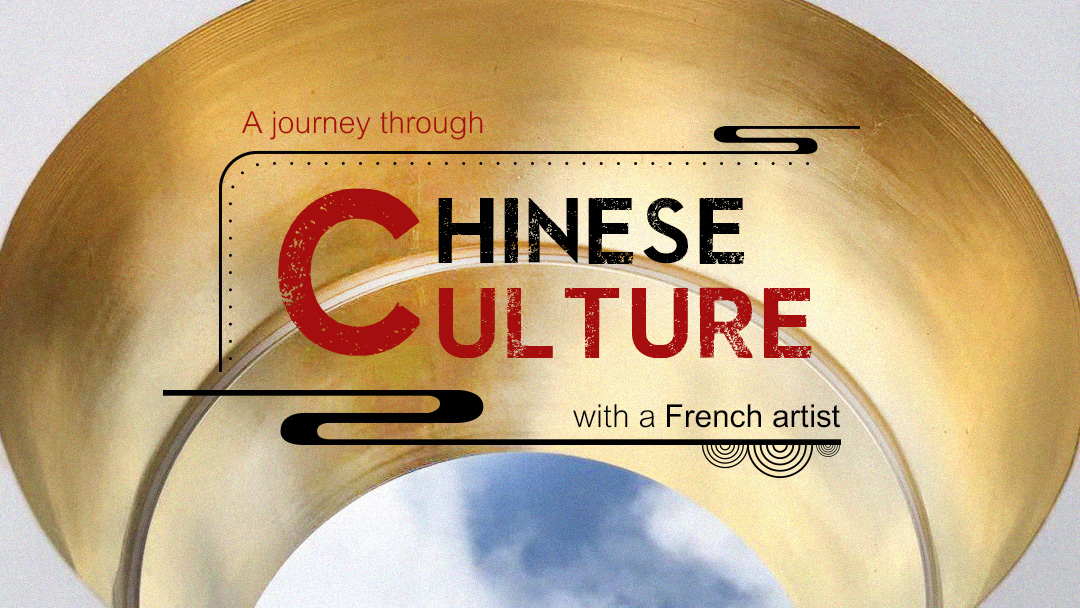
On April 13, 60 works by French artist Jean-Charles Pigeau were exhibited at Beijing Padma Art Space. Visitors can experience the artist's exploration through the exhibition.
Jean-Charles Pigeau, a graduate of the School of Fine Arts in Paris, was born in Paris, the land of artistic aesthetics. He imagined that he would become an artist, but perhaps never imagined that the distant and mysterious Chinese culture would influence his work.
Since the 1990s, Jean-Charles Pigeau has been traveling all over the world, placing himself in the center of the world and constantly practicing his artistic creation in the fields of nature, history, and culture from the perspective of contemporary people.
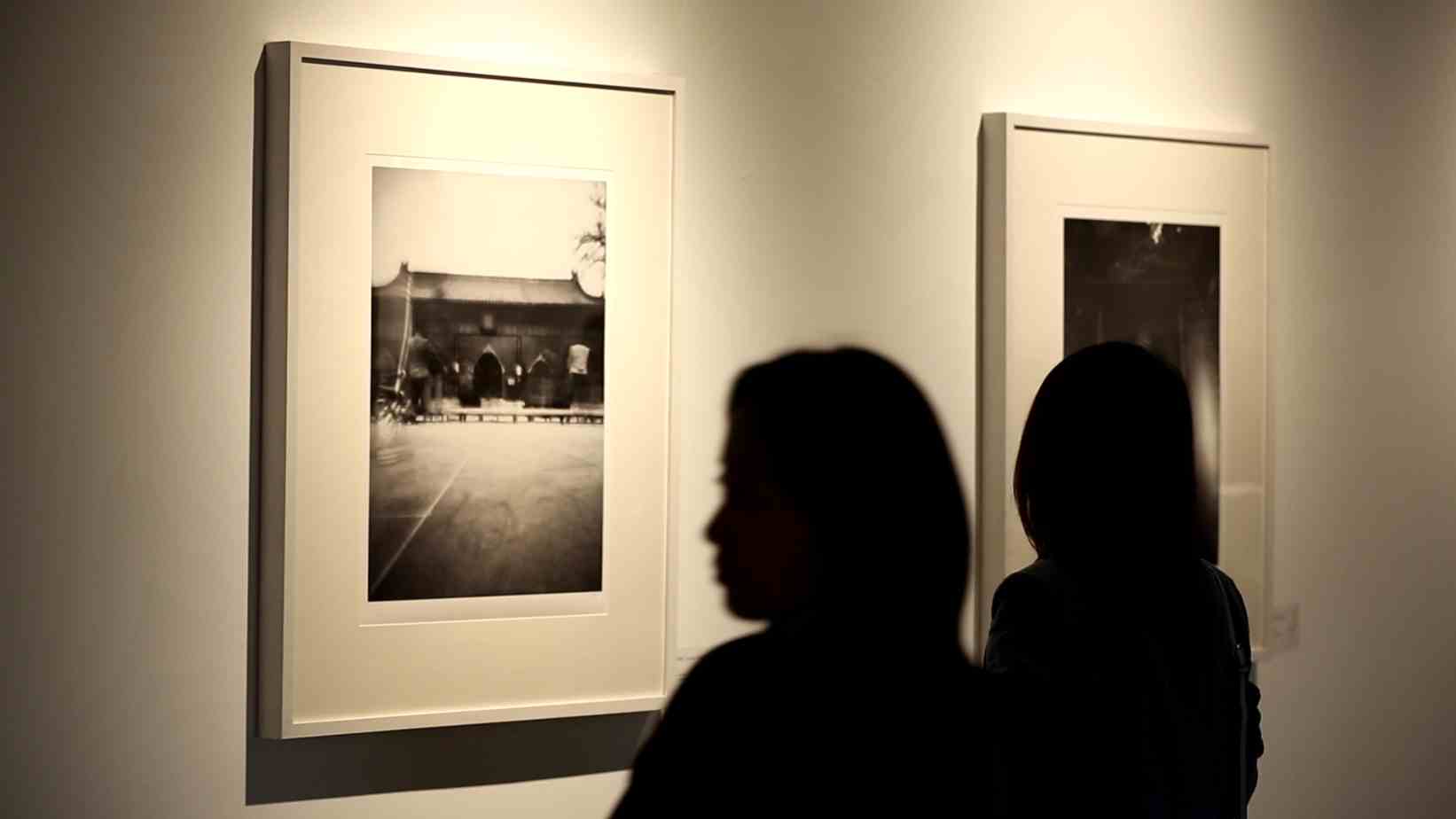
Pigeau's works on display. /CGTN Photo
Pigeau's works on display. /CGTN Photo
According to Pigeau, in this period, his works are more with the characteristics of the earth. By seeking the dialogue between nature and human beings, Pigeau tried to find the real art in it, formed his unique sculpture language, and interpreted the essence of beauty with traditional philosophical meaning.
His first stop was the Maya civilization of Mexico. He is also the first contemporary artist to work at a pre-historic site in Mexico. The exhibition "Journey Through Culture" in Beijing also displays important early works of Pigeau in Mexico more than 20 years ago.
If the trip to Mexico has provoked his insights more about the cycle of life, then the more landmark masterpiece in his artistic career was his "Akade" series.
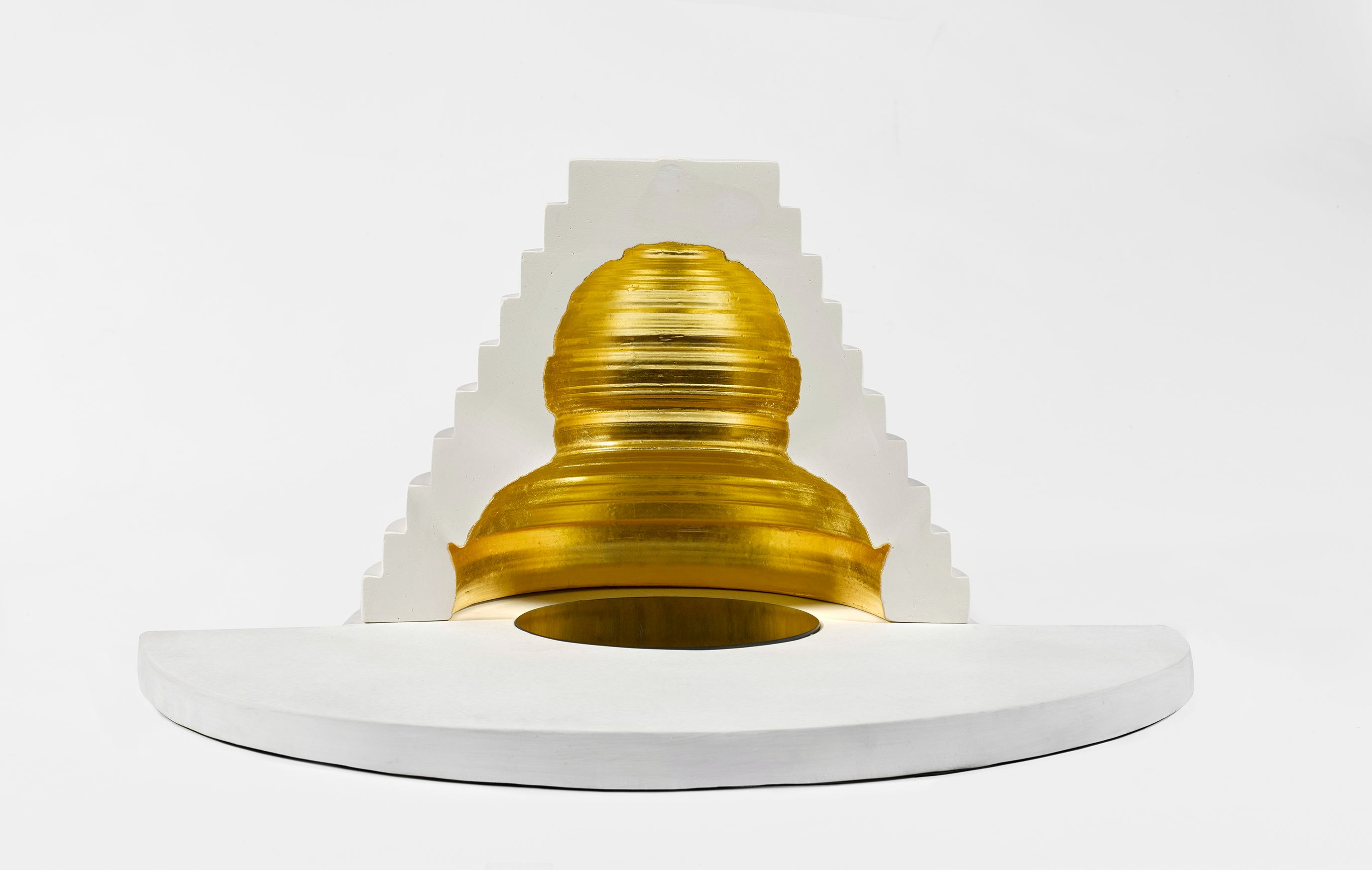
"Akade" for Hermes Foundation, France. /Padma Art Space Photo
"Akade" for Hermes Foundation, France. /Padma Art Space Photo
In the Beijing exhibition, there are three "Akade" works, including a marble version created in 2017. The elements of the "circle" in these artworks represent the "heaven" in the ancient Chinese saying, as well as the cycle.
Another piece of the Akade series, "Akade 2017," is a new one created by Pigeau in China in 2017. It is also composed of columns and shapes of Buddha and is made of all-white plaster. In the artistic sense, it is the same as the series of "Akade," in which the shape of Buddha is more integrated into the traditional Chinese style.
Also, there are two sculptures, "Dunhuang" and "Leshan", that reflect Pigeau's deeper understanding of the cause and effect and life after his field visit in China. These new works in China's Fujian Province for which he used the special material of Dehua porcelain, are also known as Blanc de Chine in the West.
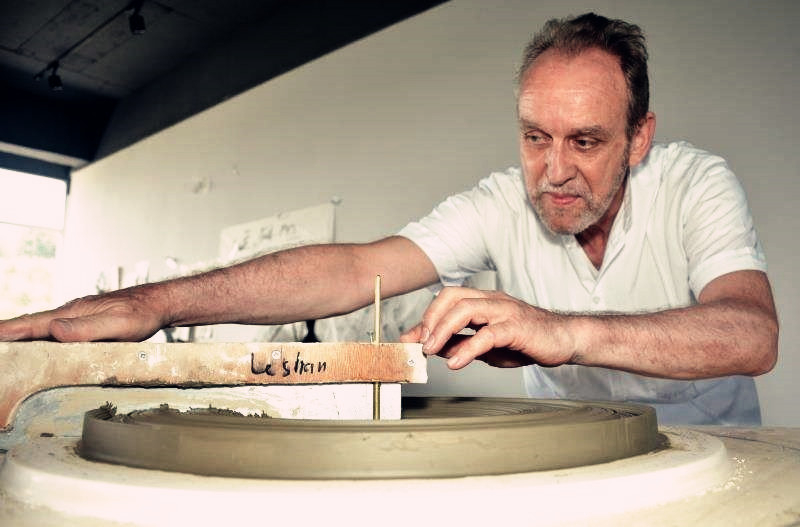
Jean-Charles Pigeau works on "Leshan" in Fujian, China. /Padma Art Space Photo
Jean-Charles Pigeau works on "Leshan" in Fujian, China. /Padma Art Space Photo
Another work, "Qi," which is also created by Pigeau in his studio in Dehua, a county located in central Fujian Province, has strong individual characteristics of himself. Also, the version on display in Beijing was jointly made by the artist with Dehua porcelain master Lin Jianquan.
"Jean-Charles Pigeau's exhibition was particularly relevant to the theme," said Yixi, curator of the exhibition. "The idea of this exhibition is also arranged according to the timeline of artistic creation."
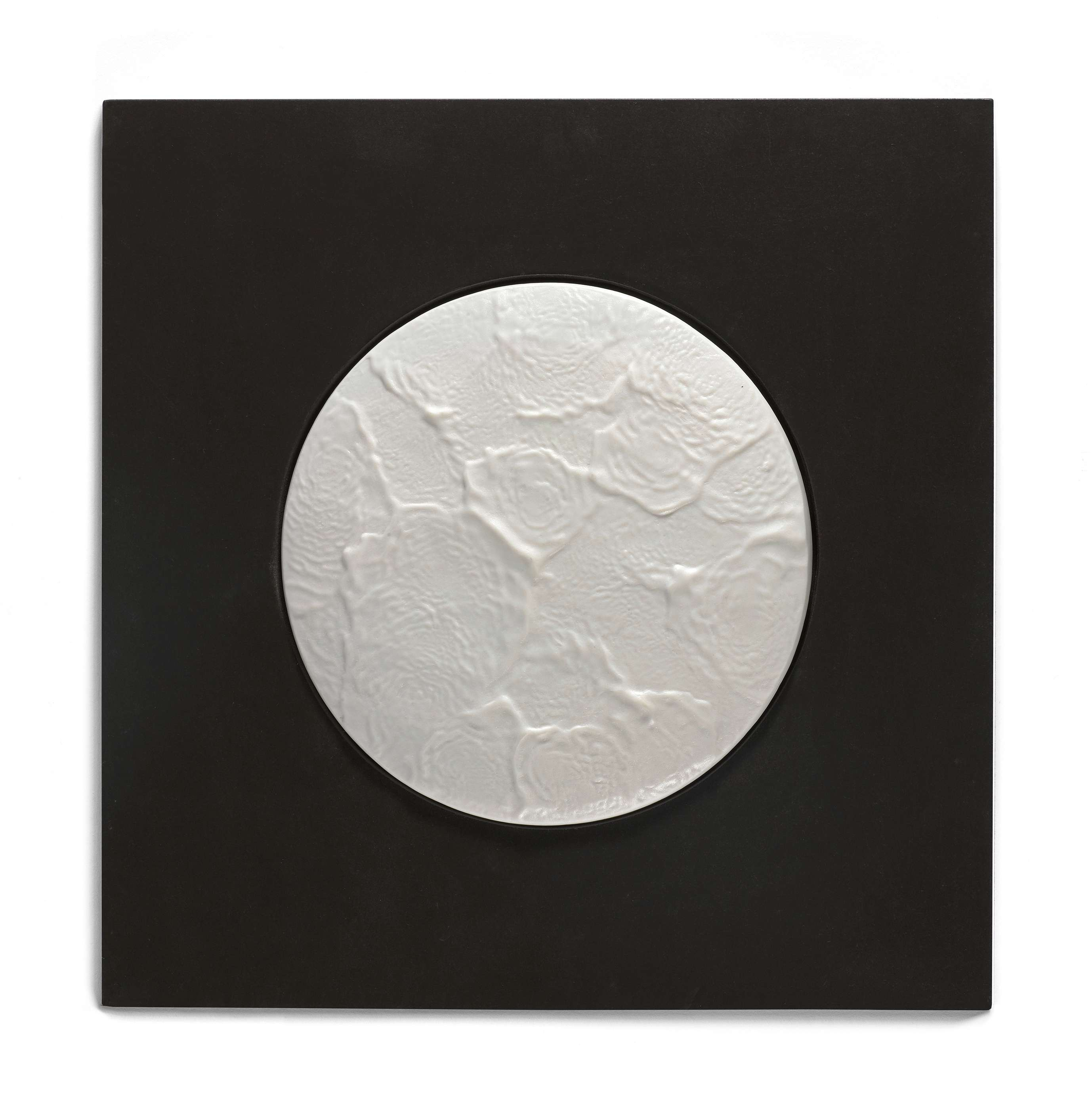
"Qi," a collaborative work with the porcelain master Lin Jianquan. /Padma Art Space Photo
"Qi," a collaborative work with the porcelain master Lin Jianquan. /Padma Art Space Photo
From his trip to Mexico in 1992 to Beijing, Pigeau's understanding of Chinese culture has always been reserved. It was not until he went to the Longmen Grottoes that he had a thorough understanding of Chinese culture, said Yixi.
Claude Mollard, co-founder of the Center Georges Pompidou and cultural adviser to the Arab World Institute in France, also attended the opening ceremony and told the story of his artistic experience with Pigeau and their meeting in China.
The exhibition, entitled "Jean-Charles Pigeau: A Journey Through Cultures," runs until May 19.
Video editor: Liu Lian
Cover image designer: Liu Shaozhen

SITEMAP
Copyright © 2018 CGTN. Beijing ICP prepared NO.16065310-3
Copyright © 2018 CGTN. Beijing ICP prepared NO.16065310-3